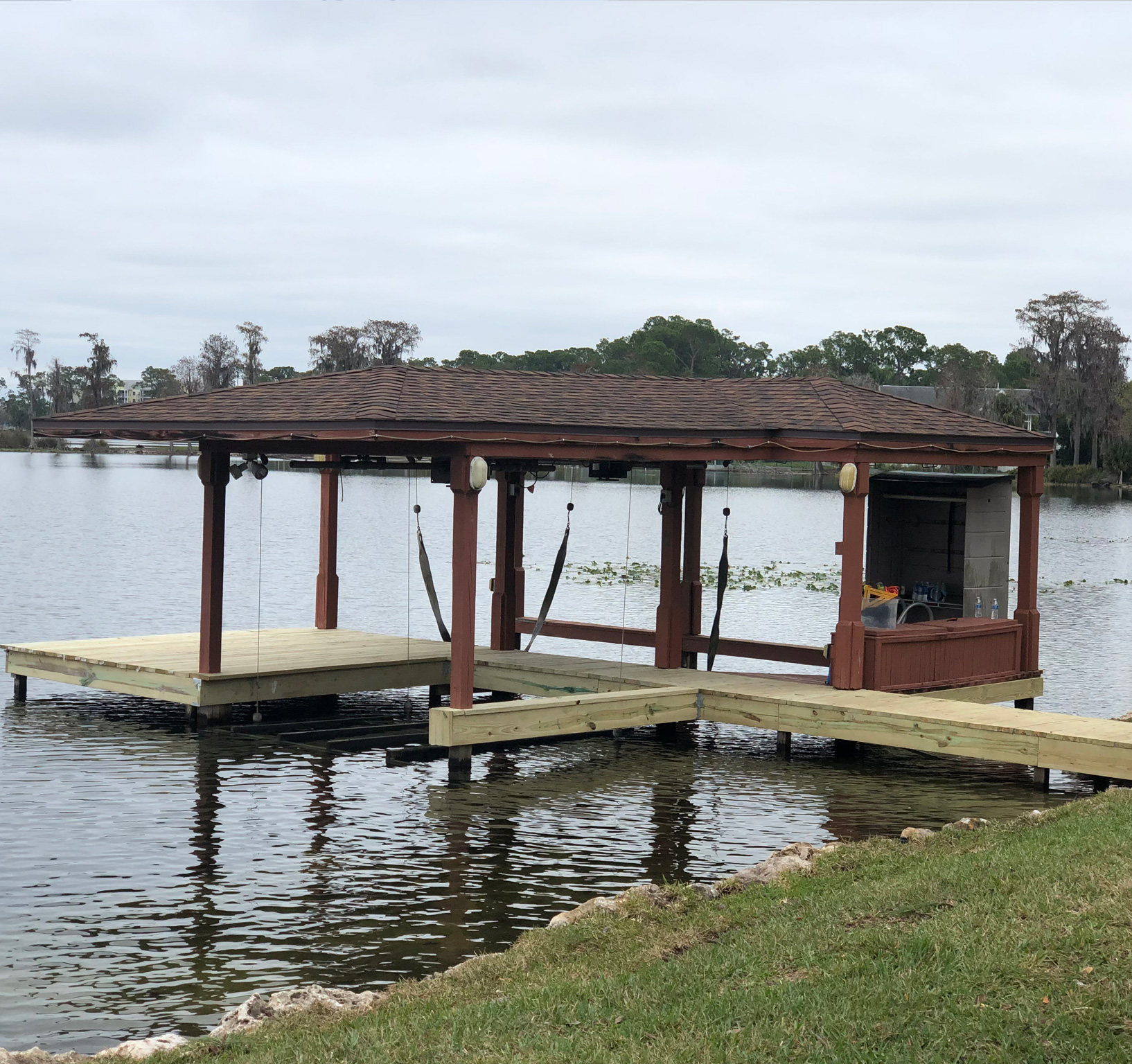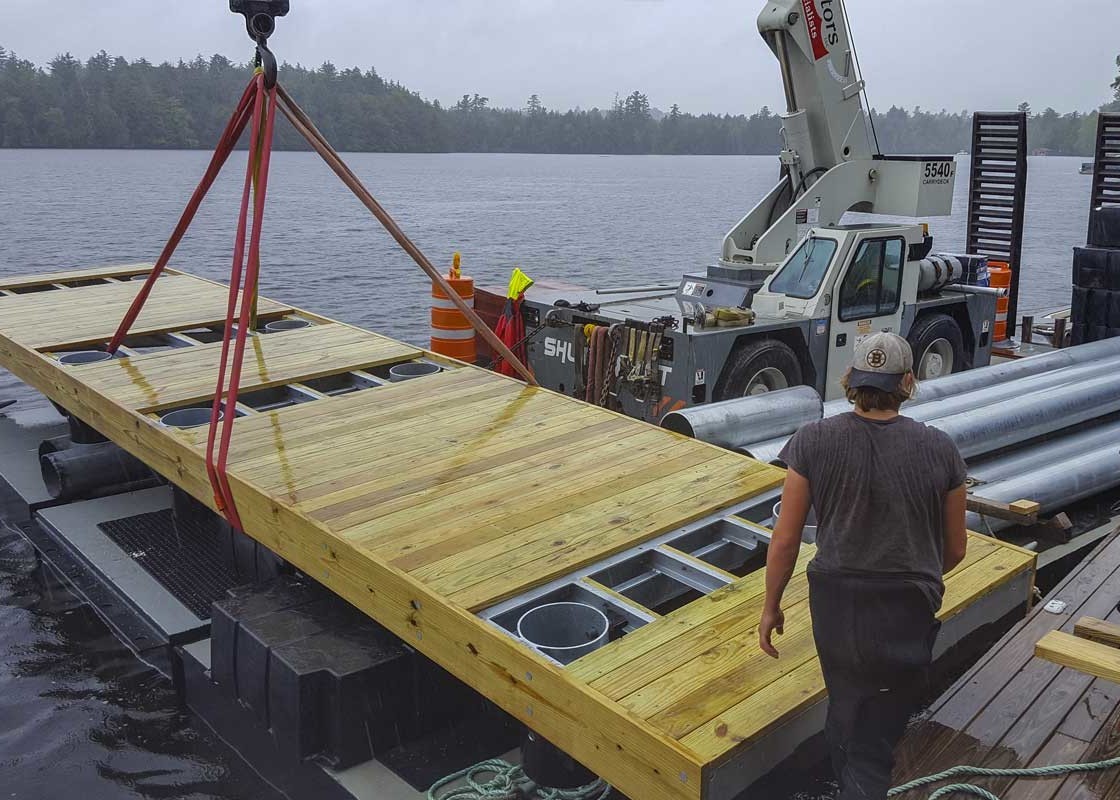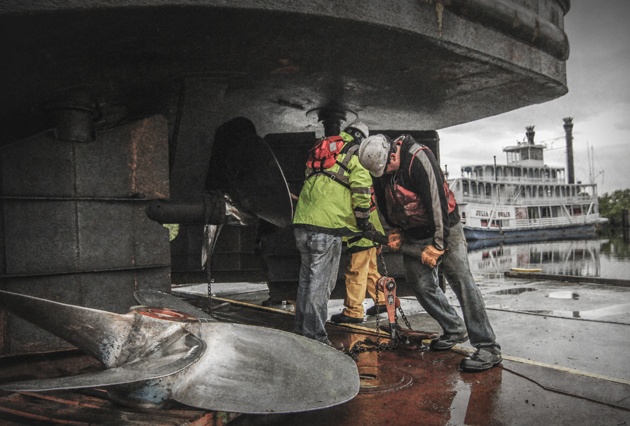Common Issues That Lead to Pricey Dock Repairs
Wiki Article
How to Address Common Dock Repair Issues for Safe Water Activities

Identifying Common Dock Issues
Recognizing typical dock issues is crucial for keeping the performance and safety and security of your waterside property. Normal assessments can help reveal troubles before they become severe, guaranteeing both the longevity of the dock and the safety of those that utilize it.One more common trouble is the deterioration of flotation protection devices. These tools are vital for keeping the dock buoyant, and any kind of damages or punctures can trigger the dock to checklist or sink. On a regular basis checking for leaks or water logged floats can preempt a lot more substantial problems.
Furthermore, algae and barnacle buildup on the dock's surface can produce dangerous and unsafe problems. This biofouling not just positions a risk to customers but can likewise accelerate the degeneration of the dock materials.
Last but not least, examining for signs of rust on metal parts is necessary. Corrosion can jeopardize the integrity of the dock's framework, making it unsafe. By consistently identifying these usual dock issues, you can make certain that your dock remains safe and secure and practical for many years to come.
Fixing Rotting Timber
When addressing the concern of rotting wood on your dock, it is important to act promptly to avoid additional damage. Begin by thoroughly inspecting the entire framework to identify all influenced locations. Make use of a screwdriver to probe the wood; if it sinks in easily, the timber is most likely decomposed and needs immediate attention.Once determined, eliminate the decomposed sections making use of a saw or carve. Make certain to cut back to healthy, strong timber, ensuring you eliminate all endangered material. After removal, deal with the staying wood with a wood chemical to stop future rot. This therapy will certainly assist protect versus wetness, which is the primary cause of timber decay.
Next, replace the gotten rid of areas with marine-grade lumber or pressure-treated wood, which are a lot more immune to water damage. Secure the brand-new items with stainless-steel or galvanized fasteners to avoid rust. In addition, using a water resistant sealer to the new wood can provide an additional layer of protection.
Protecting Loose Boards
Exactly how do you ensure your dock continues to be functional and safe for all its individuals? One critical element is safeguarding loose boards, which can otherwise position substantial hazards. Loosened boards not just enhance the danger of tripping yet can likewise endanger the structural stability of the whole dock.
For reinstallation, make use of stainless or galvanized steel screws, as these products provide superior resistance to deterioration in marine settings. Ensure the screws are long enough to permeate deep into the underlying assistance structure, yet not as long that they protrude via the dock's surface. Pre-drilling pilot openings can assist prevent the timber from splitting.
Finally, maintain a normal assessment schedule to determine and deal with any brand-new issues immediately. By securing loosened boards effectively, you add to the overall security and longevity of your dock, making it a reliable system for water activities.
Supporting Unstable Pilings
Making sure the security of unsteady pilings is extremely important to preserving a useful and risk-free dock. Unstable pilings can compromise the entire framework, positioning substantial dangers to customers and potentially leading to pricey repair services. The initial step in maintaining these essential components is a comprehensive inspection. Check out the pilings for indicators of rot, damage, or shifting. Make use of a level to look for upright alignment and ensure they are driven deep sufficient right into the substratum to provide ample assistance.If the pilings get redirected here are found Visit This Link to be unsteady, one reliable approach for support is the use of additional bracing. Cross-bracing with dealt with lumber or galvanized metal can substantially enhance security. Support the braces firmly to both the pilings and the dock structure to distribute tons equally.

Normal maintenance and periodic review of the pilings' stability are critical to making certain long-lasting dock safety and capability.
Replacing Rusty Hardware
Attending to unsteady pilings is simply one aspect of keeping a dock's stability; an additional vital concern is changing rusty equipment. Gradually, exposure to dampness and salt can cause the oxidation and corrosion of screws, braces, and bolts, jeopardizing the whole framework's safety. Regular evaluation for rust is necessary, specifically after serious weather or seasonal changes.When rusty check my source equipment is determined, immediate action is called for. Begin by picking marine-grade stainless steel or galvanized equipment, both developed to stand up to the severe marine setting. Guarantee that you have the appropriate devices, such as wrenches and screwdrivers, to securely remove the old, rusty pieces without creating additional damage to the dock.
After getting rid of the corroded hardware, extensively clean the impacted locations to get rid of any type of recurring corrosion or particles. Use a rust-inhibiting guide to revealed steel surfaces prior to mounting the brand-new equipment. Tighten up all fixtures securely to stop future helping to loosen, and occasionally inspect the installations to ensure ongoing stability.
Replacing rusty hardware not just extends the dock's lifespan but also substantially improves the safety and security of water tasks. By proactively managing rust, you shield both the structure and its customers, ensuring a enjoyable and secure beachfront experience.
Final Thought
Routine evaluations and maintenance are crucial to attend to common dock fixing issues and make certain safe water tasks. Such positive actions contribute to the total safety and capability of dock structures, promoting a secure atmosphere for water-based tasks.Making sure the safety of water activities pivots considerably on the correct maintenance and fixing of docks (Dock Repairs). These tools are important for maintaining the dock buoyant, and any kind of damages or leaks can cause the dock to checklist or sink. By regularly identifying these common dock concerns, you can guarantee that your dock continues to be safe and practical for years to come
Making certain the security of unsteady pilings is vital to maintaining a useful and risk-free dock.Routine inspections and maintenance are essential to attend to usual dock repair service issues and guarantee risk-free water tasks.
Report this wiki page